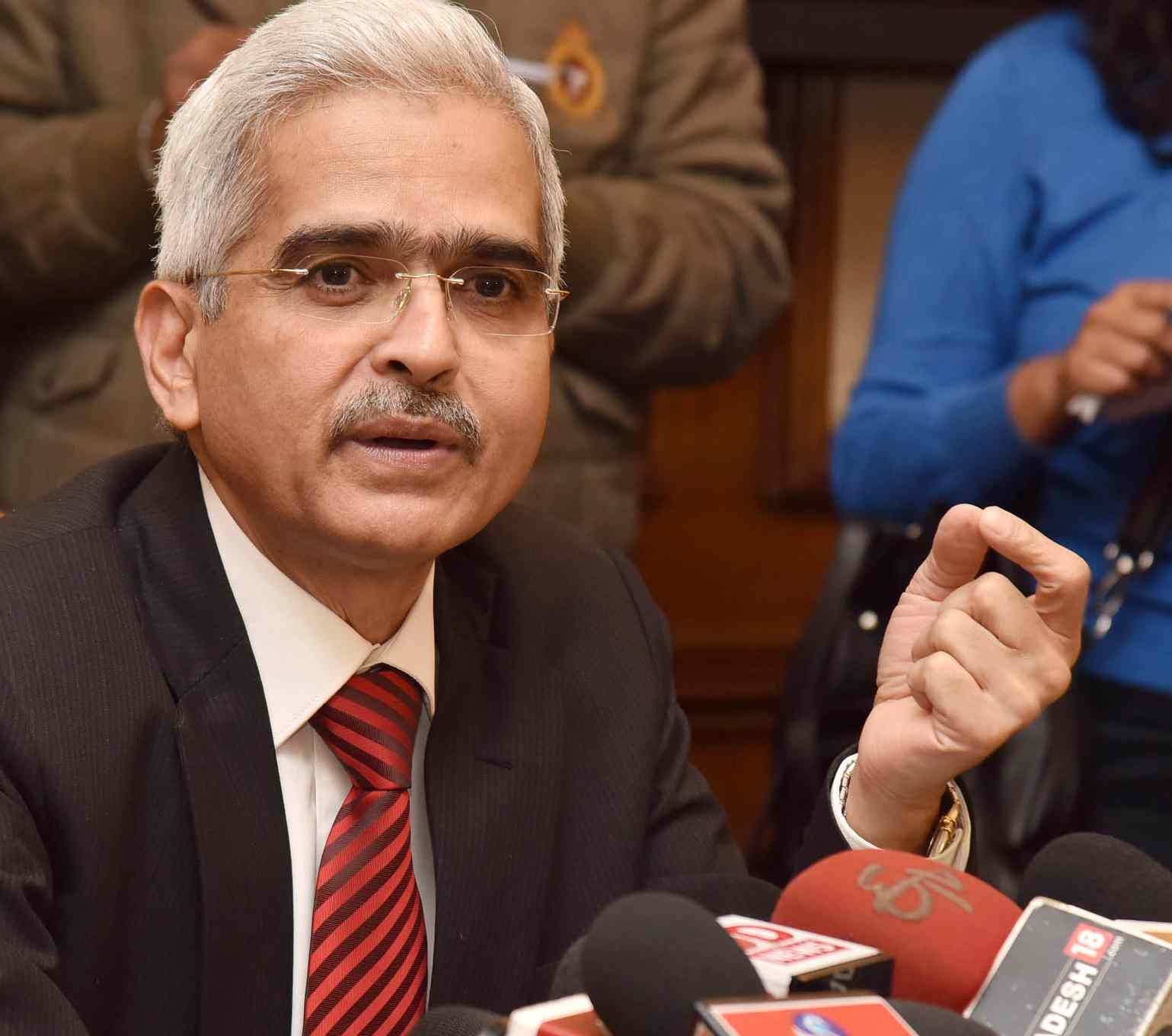Budget
RBI Governor Shaktikanta Das Said Larger Indian banks will be affected
Published
1 year agoon

RBI Governor Shaktikanta Das was speaking to reporters following the announcement of the RBI’s monetary policy, in which the repo rate was raised by 25 basis points to 6.50 percent
Concerned about the Adani Group controversy and its impact on the domestic financial system, Reserve Bank of India Governor Shaktikanta Das stated on Wednesday that the size and resilience of the Indian banking system are much larger and stronger to be affected by any single incident.He reiterated that the banks have adhered to the RBI large exposure framework and are well-capitalized.
“The Indian banking system’s strength, size, and resilience are now much larger and much stronger to be affected by a single incident or case like this” (rout in the shares of the Adani Group). “The banking system is strong,” Das said in response to a question about whether the RBI will issue future guidance to banks regarding their exposure to the Adani Group.
The stocks of various listed companies of the Adani Group came under heavy selling pressure since January 25, a day after the US-based short seller Hindenburg Research came out with a report accusing it of a ‘brazen stock manipulation and accounting fraud’.
While referring to the Adani Group crisis, the RBI issued a statement last week stating that the banking sector is stable and that various bank parameters such as capital adequacy, asset quality, liquidity, provision coverage, and profitability are all healthy.
The RBI Governor also stated that banks lend to a company based on its fundamentals rather than its market capitalization. “This entire perception stems from the market capitalisation of the Group’s shares. When banks lend money to a company or a group of companies, they do not lend based on the company’s market capitalisation. Banks lend based on a company’s strength and fundamentals,” he explained, adding that banks have very robust appraisal mechanisms.
Read Also: A 35-year-old man from Odisha’s Koraput district walked several kilometres with his wife’s body on his shoulder after she died
Last week, the country’s largest lender, State Bank of India, disclosed that its total outstanding exposure to the Adani Group is Rs 27,000 crore, or 0.9% of its total loan book size of Rs 31.33 lakh crore as of end-December 2022. While Axis Bank clarified that its total outstanding to Group entities as a percentage of net advances was 0.94 percent as of December 31, 2022, state-run Punjab National Bank stated that its exposure was Rs 7,000 crore.
M K Jain, Deputy Governor of the Reserve Bank of India, stated that domestic banks’ exposure to the Adani Group is measured against underlying assets, operating cash flows, and projects under construction, rather than market capitalisation.”As of now, the exposure is not significant across all banks and NBFCs. “The exposure against domestic bank shares is insignificant,” Jain clarified.
Das stated that the RBI has taken a number of steps in the last three to four years to strengthen the resilience of Indian banks. It has issued guidelines on how the audit risk management committees should operate. In addition, the RBI has made the appointment of a chief risk officer and a chief compliance officer mandatory in banks.”At this point in time, I would like to add that the Indian banking sector, including the NBFC sector, remains resilient and strong,” he said.
People also ask:
What is the current repo rate of RBI?
You may like
-


North Korea asserts that the test of a multiple-warhead missile was successful
-


The Student Wing of Congress storms the Exam Body NTA office and locks it from within
-


“During President Murmu’s address to Parliament, PM Modi was shown 73 times, and LoP Rahul Gandhi was shown six times”: Congress
-


NASA contracts Elon Musk’s SpaceX to deorbit the International Space Station in 2023.
-


A Caution For The CBI In The Delhi Court’s Arvind Kejriwal Custody Order
-


Bar Council of India requests that bar associations abstain from demonstrating in opposition to new criminal laws
